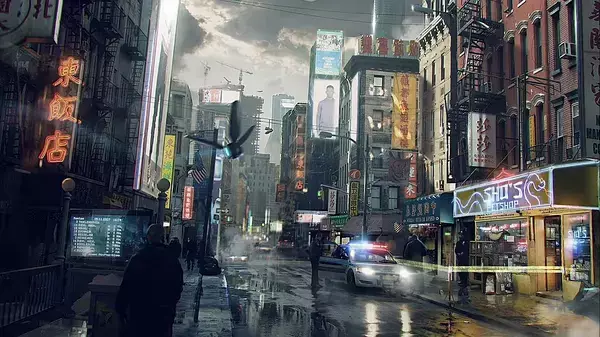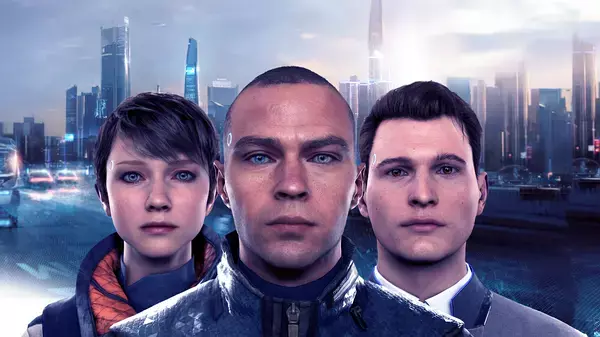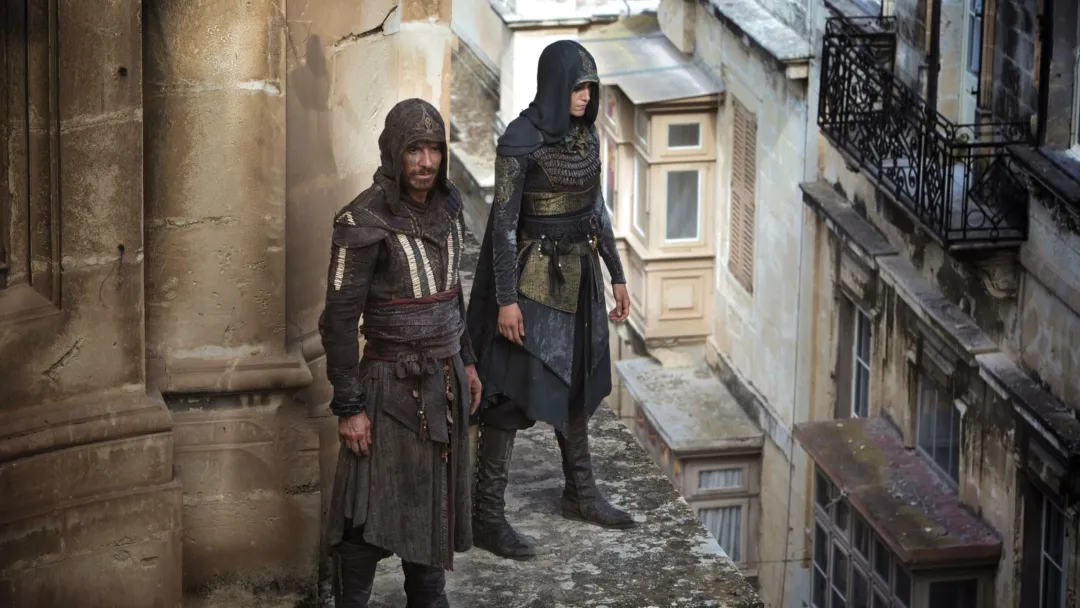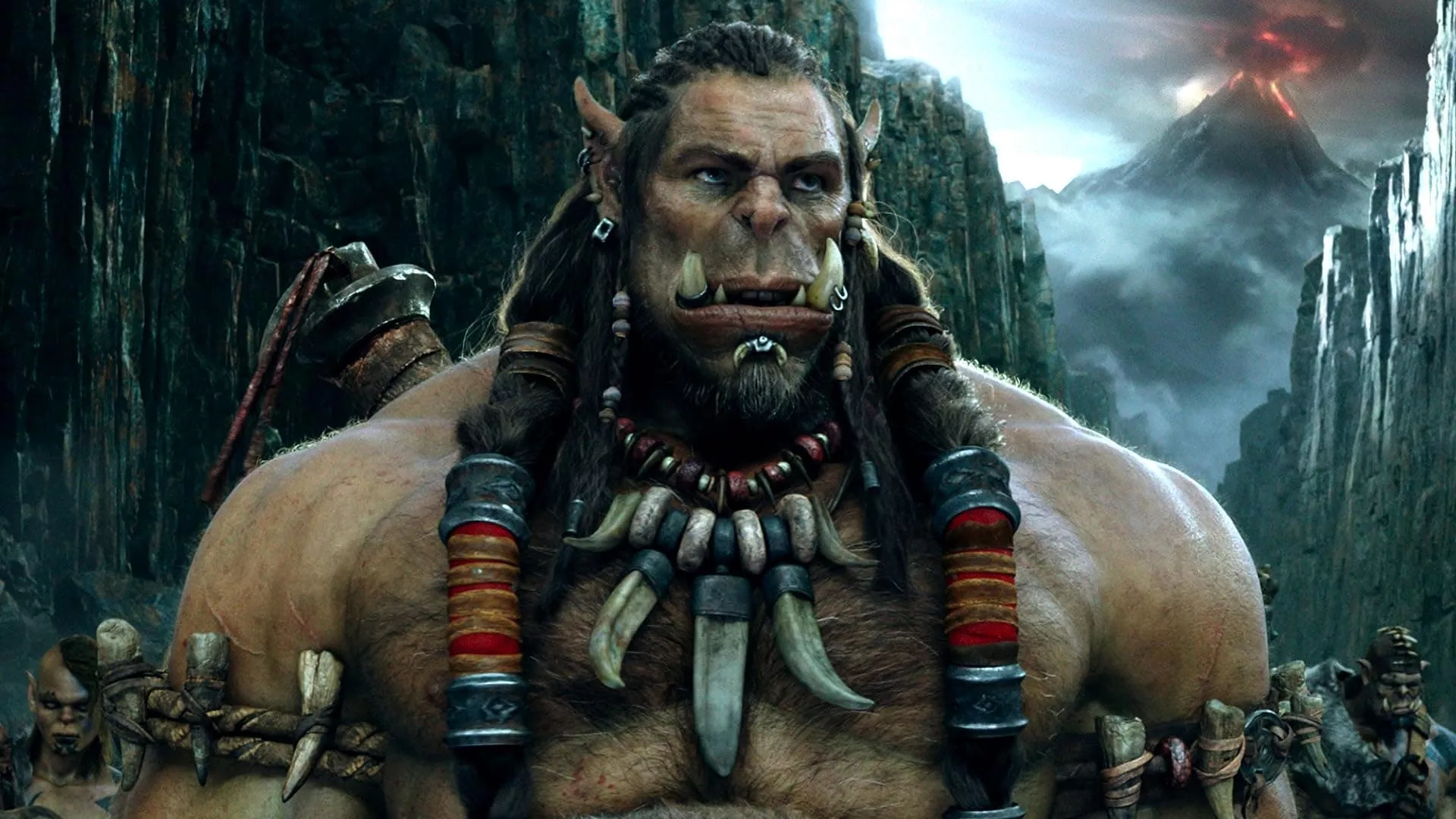If someone is to ask me whether videogame adaptations are a blessing or a curse, I would say it depends. However, based on my personal history with video games (I am a fan of MMOs), my answer would be the latter. Please do not misunderstand me; I am not exercising bias against video games and preferring movies to them. In fact, I believe it is high time to sound the trumpet for the videogame industry and support them: there are a good number of games that need not be adapted into movies, as they are excellent individually. To adapt is to create unnecessary complications.
Let’s take my favorite gaming studio Quantic Dream (a French video game developer and publisher based in Paris. Founded in May 1997) for example, I would not have wanted Heavy Rain, Beyond: Two Souls, or Detroit: Become Human to become a movie adaptation!

In Detroit: Become Human, players participate in an “interactive movie” as they play through the game. The game has complete world generation, rich plot and immersive audio visuals. In fact, it is treated like an interactive movie. Another crucial point to note is that as an interactive movie/game with no competitor yet being able to hold a candle to it, Detroit: Become Human is momentous: adapting it wipes out the interactive elements the game originally possesses.
Detroit: Become Human is set in fictitious Detroit in 2038. The city is thriving off inventing androids that are integrated in everyday life as workers and companions. Millions of androids looking like humans with AI driving their functionalities play the roles of nannies, security guards and sales personnel. This frees the humans from simple labour, and the androids have eventually become an indispensable part of human society. There is a group of voices rising in protest within the city as well: the androids are causing a big spike in unemployment and crime rates. Thus, they are being boycotted by a group of people. Players get to control the plot and ending of the game through the lens of 3 androids: Conner (who assists human police in solving crimes and hunting down abnormal androids), Markus (the first to awaken and lead the android uprising), Kara (who takes care of a little girl with an alcoholic father).

Based on information between me and my fellow gamers, we have come across 5 different endings the game has to offer. The first is a perfect ending everybody loves: the three protagonists are able to meet up and positively influence mankind. The next is an ultimate tragedy where everyone dies under human gunfire. The third is brutal, as the little girl whom Kara is protecting dies as both try to escape. The fourth ending is the death of Conner during his attempts to crack a case or chase down criminals. The final ending, rumored to have a less than 1% chance of occurring, happened to my friend: all 3 protagonists perished before they have a chance to even meet up. My friend hated herself for letting that happen.
Whatever the case, there is no better way to understand the heart of an android than to personally control them. You may fail a mission anytime or kill yourself. The uncertainty experienced during play and difficulties of being an android is aligned, and that holds the essence of Detroit Become Human: the perfect combination of a thematic core, parallel plot lines and interactive format.
Before we adapt a game into a movie, we need to ask ourselves one question: does the act enrich it, expand it, or would it suppress it? Indeed, Detroit: Become Human may very well become a film. It has the iron triangle: 3 storyline, 3 main plot lines that interweaves and may come to a perfect conclusion (if you are a pro gamer, of course). We still have to ask the important question: it is absolutely necessary to adapt it? I would probably say no.
If we cross examine the differences in characteristics between movies and games, we can conclude that when a movie intervenes with a game, the former causes the latter to drop in its dimensional experience. In other words, through the audio-visual language handling of the film, the game is disassembled into components: literary texts, images, action, music, and all these parts in turn are assembled to become elements of the film. During this process, the movie must abandon the interactive characteristics of the game. It has to make still the game, drawing plotlines and images out of it.
For example, the protagonist in Assassin’s Creed series roams the exotic cities of ancient Egypt, Middle East and European towns in a third-person perspective. Players rely on the infrastructure of the locales to conceal themselves and conduct assassinations. In the movie adaptation, however, apart from the third-person point of view, the winding paths within the city by the protagonist are turned into narrative space for Hollywood to create brilliant visual images.

In the action RPG Tomb Raider, players derive joy by participating directly in the storytelling and interacting with the game through its gunslinging main character, Lara Croft. In the film adaptation starring Angelina Jolie, however, the audience does not join in on the action. The tension in the film’s atmosphere, as well as the intense pacing of the show, is created by Hollywood’s cross-editing methods in order to present a dramatic thrilling experience.

The film Warcraft, adapted from a world-renowned Real-Time-Strategy Game, had to forgo its interactive gaming elements. Instead, it focuses on the Horde's perspective and employs a cinematic narrative to recreate the fictional world of the game. These examples all demonstrate that the only way to adapt a game into a film is by diminishing its artistic aspect. This involves emphasizing audio-visual elements that align with traditional filmmaking and eliminating any interactive features.

Reducing the artistic dimensions may work for a game with a simple singular plotline. However, one must be extremely careful with games that are interactive.
Then again, Detroit: Become Human is like Schrodinger’s Cat: until the box is opened, until the last moment of the game, the state of the game (like the cat) is unconfirmed. However, in the form of a film, it is set in stone. This state of certainty is bad news for an interactive video game.
For those who may be interested in the game’s story but not actually playing through it, adapted films may not be much of an issue. However, such people have missed the beauty and essence of interactive games: to create your own story and ending. If you are not a gamer at all, you can simply watch play-throughs of game casters online.
All in all, I sincerely hope no studio is foolish enough to attempt to turn Detroit: Become Human into a film in the future, as it would be an absolute waste of money. It would not be a meaningful value-add, but a restraint to the very soul of this game. If any interactive game must be adapted into a movie for the sake of businesses, it is best to pick a single storyline (best if the storyline is the weakest amongst them all) and expand on it. To attempt everything at once will most likely result in complete failure, as there will always be differences between a movie and an interactive game. Another way to go about it would be to borrow the world created by the game and write a fresh new storyline. This would go well with both fans and non-gamers.









Share your thoughts!
Be the first to start the conversation.